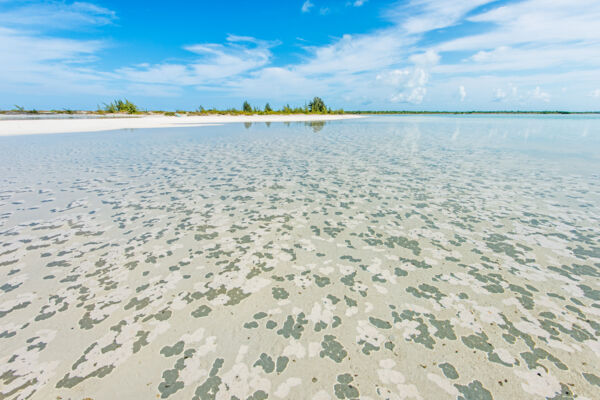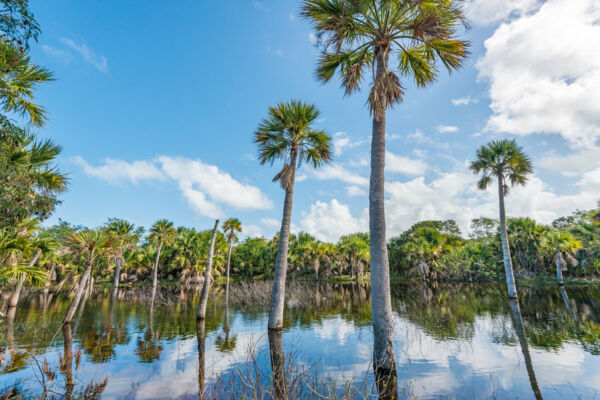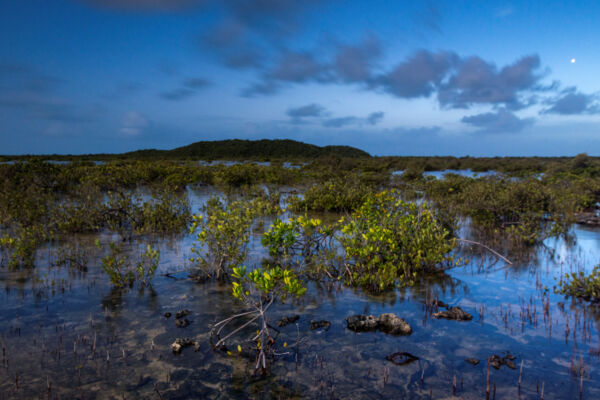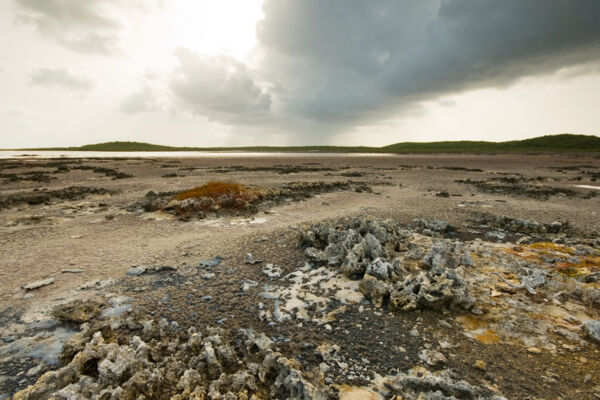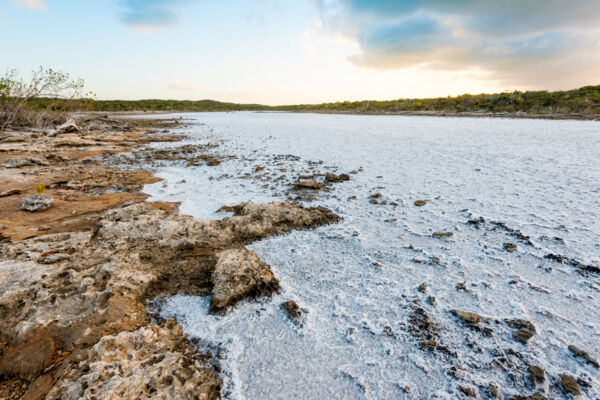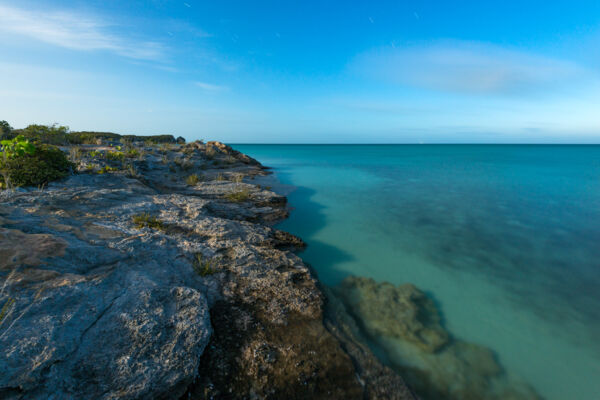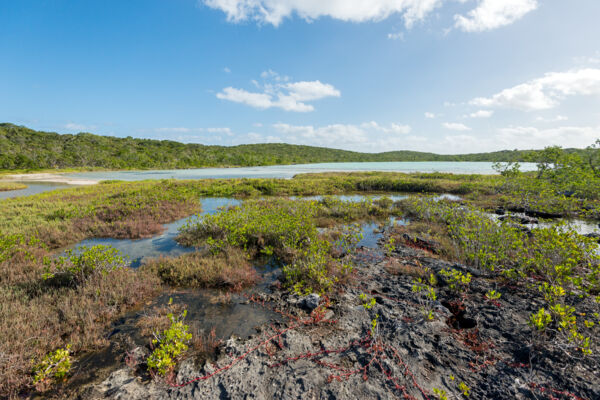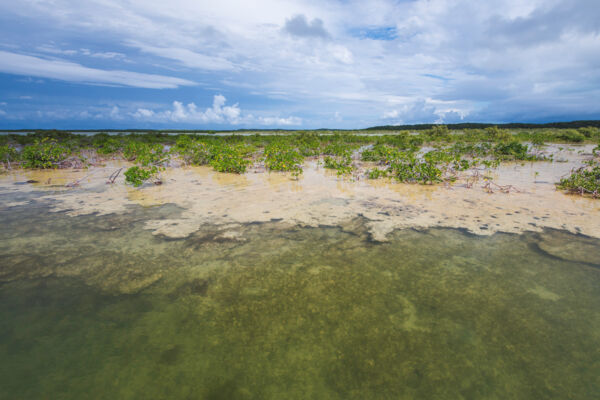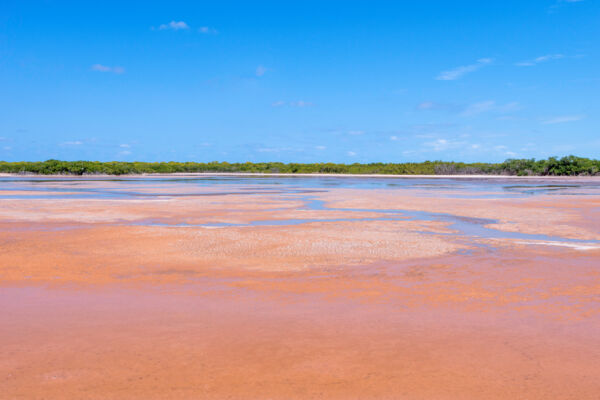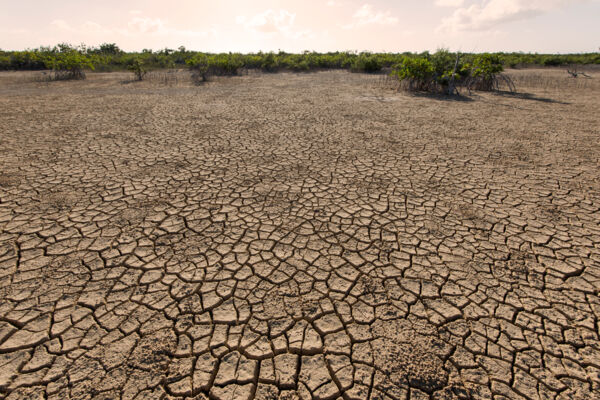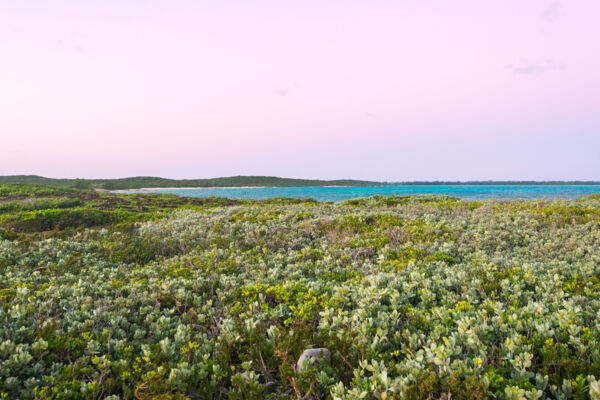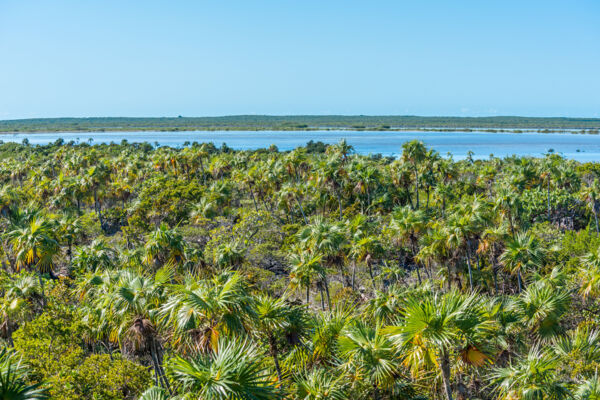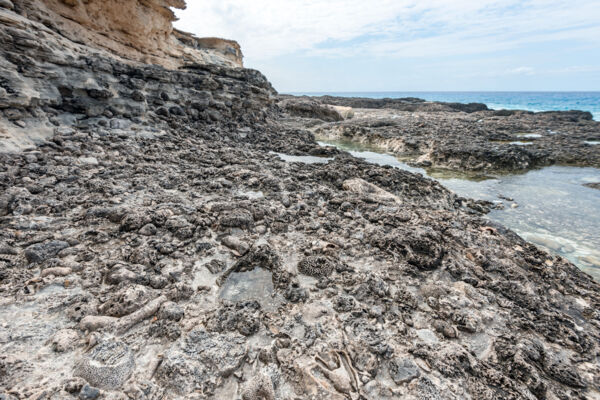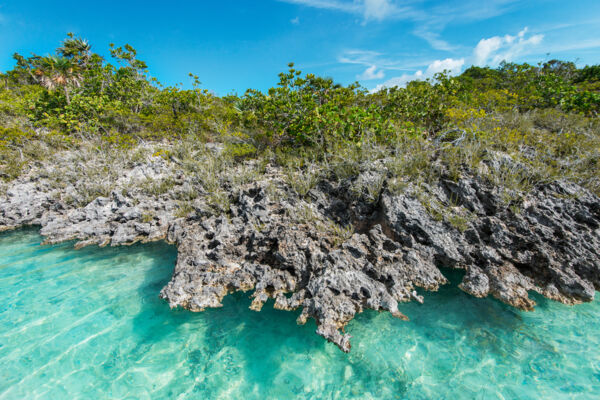Turks and Caicos Interesting Landscapes
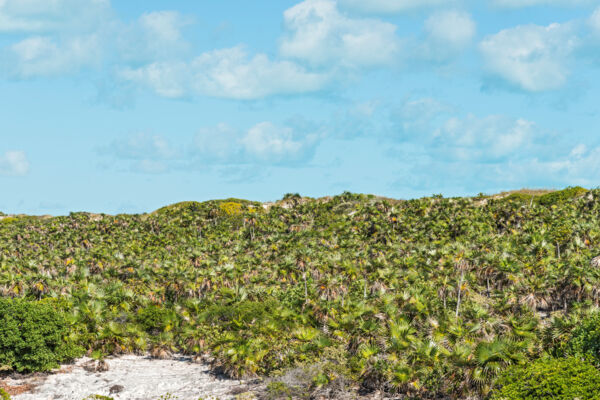
The Turks and Caicos consists of about one hundred named islands and cays, and there’s a tremendous array of incredible landscapes that can be found off the beaten track.
Due to our low elevations and extensive tidal marine wetlands, there’s a plethora of fascinating transitional landscapes and terrains to discover between the ocean and our inland tropical dry forest, and several of these ecosystems are globally unique.
One such example is the intricate limestone features that line some of our coastal areas, a terrain that’s locally referred to as ironshore. This marine limestone is generally exposed and exhibits ample evidence of the Karst Process actions, with a high density of tiny sinkholes and caves.
Due to their location on the shallow Caicos Banks, the southern coasts of the central Caicos Islands feature extensive marine wetlands that gradually transition to saline tundra and flats. This environment eventually becomes limestone coppice, which supports sabal palms and sawgrass.
In many areas, larger Karst cave features may be found, which range from dry cave systems, collapsed water lens caves (essentially round depressions in the ground), and perhaps the most impressive: blue holes such as Cottage Pond and the gigantic Middle Caicos Ocean Hole.
Unique Flora
Unique and native plants also add to our beautiful local environment. One example is the thatch palm (Coccothrinax inaguensis), an underappreciated small palm that’s common to the Turks and Caicos and Bahamas, yet is not found anywhere else.
Another rarity is the Caicos pine (Pinus caribaea var. bahamensis) a unique variety of the Caribbean pine. This true pine, which is the national tree, is endangered and is only found on a few of our islands in rare brackish water environments.
The high salinity terrestrial landscapes in the Turks and Caicos support many types of halophyte and salt-resistant plants, from the dense red mangroves to the dwarf sea purslane (Sesuvium microphyllum).
